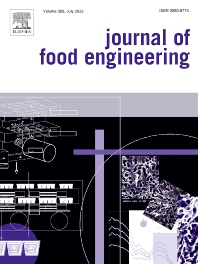Elsevier Journal, journal homepage
Authors: Riccardo Accorsi (a, b), Marco Bortolini (a), Mauro Gamberi (a), Beatrice Guidani (a), Riccardo Manzini (a), Michele Ronzoni (a)
a: Department of Industrial Engineering, University of Bologna, Alma Mater Studiorum, Viale Risorgimento, 2, 40136, Bologna, Italy
b: CIRI – AGRO, Interdepartmental Center for Industrial Food Research, Via Quinto Bucci 336, 47521, Cesena FC, Italy

Abstract
Food supply chains (FSCs) enable safe, effective, and sustainable food distribution, linking farm to table. They involve multiple sources and destinations, a broad set of actors and handling modes, variable and unpredictable environmental conditions, potentially decaying food and packaging, affecting quality and consumer satisfaction. New methodologies, approaches, and ready-to-practice solutions to improve the FSC capacity to maintain the food quality and the packaging properties at the final consumer are expected and missing. To address such as- pects simultaneously, this paper proposes a novel framework, using simulation, to study food product and packaging conditions under environmental stresses throughout the FSC. The framework includes five layers of study, i.e., the environmental layer, the FSC layer, the visibility layer, the simulation layer, and the functional layer, linking the field, i.e. the operative physical environment, to a simulation environment, based on a fully equipped and closed-loop controlled physical twin made of a climate-controlled chamber. The cyber-physical twin description is improved by reviewing a collection of case studies we used over the years to validate the framework and explore the functionalities of the physical twin. Case studies deal with different food products and packaging alternatives, demonstrating the flexibility of the proposed framework and physical twin to support the analysis and decision-making in FSC improvement.